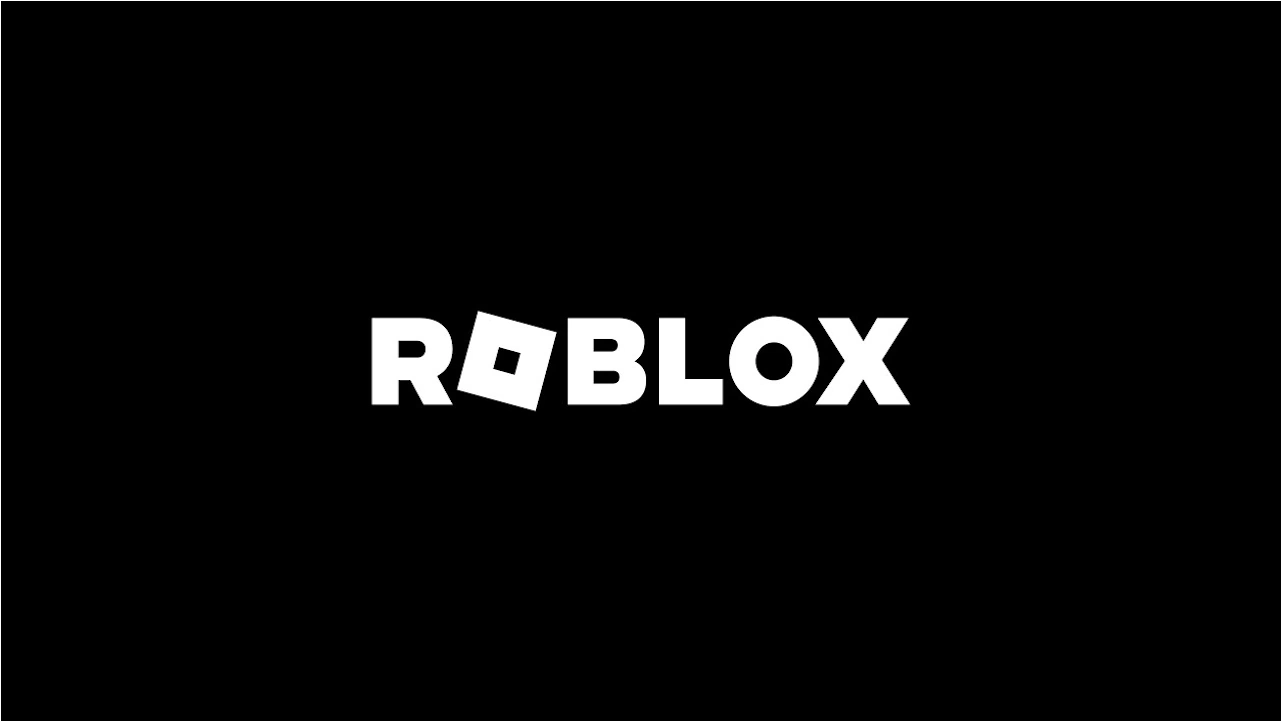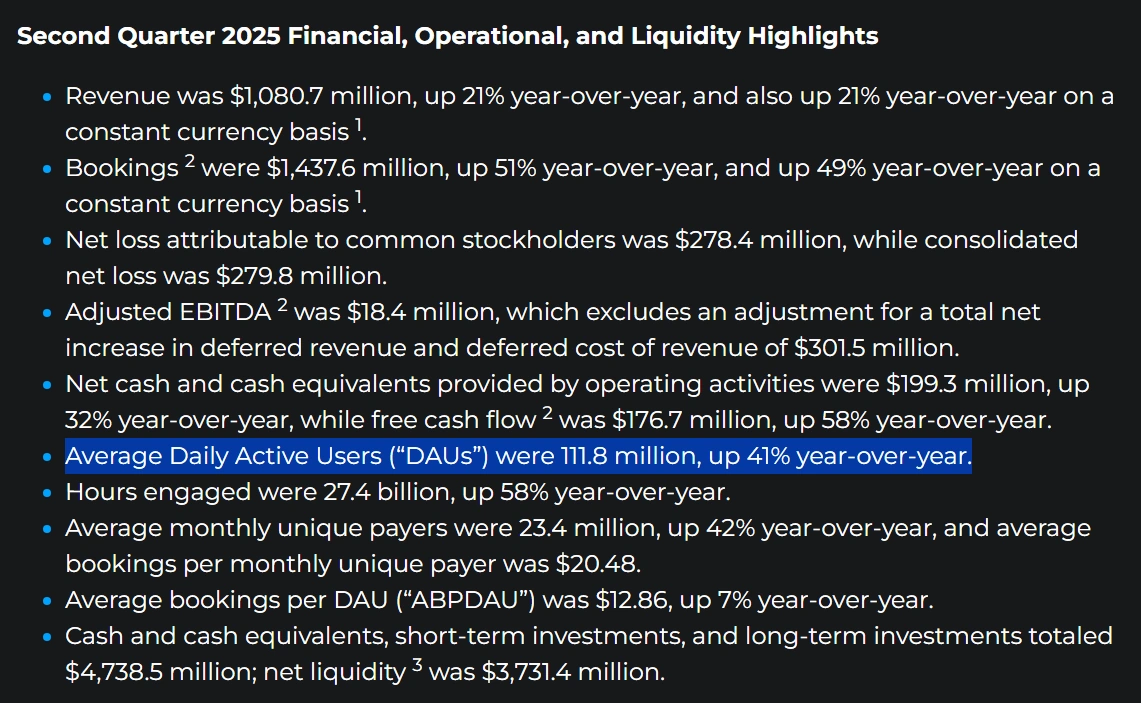Why Develop on Roblox in 2025?

Aaron Stone
Published August 6, 2025 • Updated August 6, 2025
Share Article
Roblox is still unfairly pigeonholed as a 'kids game' — a reputation rooted in its earliest, most visible player base. In reality, that label has been outdated for years. Roblox’s largest cohort may be under 18, but the platform’s most explosive growth since 2023 has come from teenagers, young adults, and even parents. The real story in 2025 is demographic expansion: Roblox is aggressively courting older players, launching 17+ categories, and funding content for every imaginable genre and age. To treat it as 'just for kids' is a mistake — and a missed opportunity for any serious developer.
The influx of older players has driven up average revenue per user and unlocked entirely new genres, including FPS, horror, and narrative social spaces that increasingly resemble the mature, open-ended communities found on platforms like VRChat. This evolution would have been unthinkable on Roblox five years ago. The formal launch of 17+ experiences, age-gated content, stricter identity verification, and developer tools for segmenting audiences have enabled creators to target older teens and adults with content that simply wasn’t possible (or allowed) before 2023. The result is a platform with broader reach and a richer spectrum of genres than almost any mobile app store. While the median user is still young, the fastest-growing revenue and engagement comes from older age groups.
Roblox’s economic model gets more scrutiny than any other aspect, and for good reason. While the platform advertises a 30% marketplace fee on Robux transactions, the effective platform rake is much higher due to the spread between what users pay to purchase Robux and what developers receive when redeeming them through DevEx. The end result: for every dollar a player spends, nearly 70% is captured by Roblox. This number has become a meme and a punchline for developers worldwide. But that critique often ignores the core value proposition: Roblox is not selling a neutral engine or a generic marketplace. What it offers in 2025 is something closer to an economic operating system — a single-click portal to hundreds of millions of potential players, most of whom arrive ready to spend and stay.
In an era where most apps are abandoned before they are even finished downloading, Roblox’s click-to-play architecture is a both a convenience and a moat. There is no download (aside from Roblox itself), no update, no friction — just a link, a tap, and your experience is live, playable, and shareable across desktop, mobile, and console. This seamless onboarding is what makes Roblox games ideal for rapid scaling. Where Steam and the App Store fight for installs, Roblox skips the queue entirely.

The obvious question of why tolerate the steep revenue share has a simple answer: you are not paying for an engine. You are paying for a complete audience delivery mechanism, a built-out API for every core commercial feature (from premium subscriptions to integrated ads and in-game commerce), and, most importantly, the platform effects that only Roblox can deliver: discovery, trust, and payment handled at scale.
Monetization is not an afterthought. Roblox’s developer API covers everything from analytics, server infrastructure, and cloud data to shop templates and event triggers. You do not need to negotiate with payment processors, chase after fraudulent chargebacks, or build your own moderation stack. Roblox’s own tools remove hundreds of development hours from the cost of launching and scaling an experience.
"Roblox is not just an engine. It’s a growth flywheel: traffic, engagement, and monetization, all in one stack."
Of course, there are valid reasons to choose Unity, Unreal, or other engines. If you absolutely need advanced rendering, physics, or specialized mechanics — Roblox will have limits, especially for visual fidelity and content policies. You are making a deliberate tradeoff: sacrificing audience, scale, frictionless onboarding, and platform-level monetization tools in exchange for engine power. If your game’s entire premise or business case relies on features Roblox cannot deliver, the choice is clear. But unless those features are vital, Roblox’s built-in commercial and network advantages are hard to replicate anywhere else.
To understand the scale at play, look at Roblox's latest operational results. The platform reported over 111 million average daily active users (DAU) in Q2 2025 — a 41% year-over-year increase alongside a surge in engagement and bookings. These figures advertise a massive addressable audience for any developer considering where to build.

User retention is critical, and Roblox handles it differently than most platforms. Its built-in social graph, segmented onboarding, and event infrastructure let studios achieve double-digit Day-30 retention without hiring a dedicated backend team. Metrics that would bankrupt most independent studio budgets are delivered by default, making Roblox’s value proposition clear.
Could you make more per player elsewhere? Maybe, if you already have an audience and a full-stack studio. But for almost every team starting in 2025, the cost of discovery, server hosting, and fraud management outweighs any theoretical margin advantage. Roblox’s rake is the price of entry to a near-frictionless market, not a tax on success. The only real exceptions are teams whose ambitions, or budgets, are so large that they need to control every aspect of technology and brand.
"If you want full control, build your own stack or go with a more flexible engine. If you want commercial scale and don’t have nine figures to spend, Roblox is the most rational — perhaps the only rational — choice for the vast majority of developers in 2025."
None of this should be mistaken for charity. Roblox’s incentives are aligned with developers only to the extent that developer success drives player spending and retention. The platform remains highly selective in how and when it promotes games. But in a market where visibility, audience trust, and payments are existential risks, Roblox offers a solution: bring the content, keep the audience, and let the infrastructure do its work.
Share Article